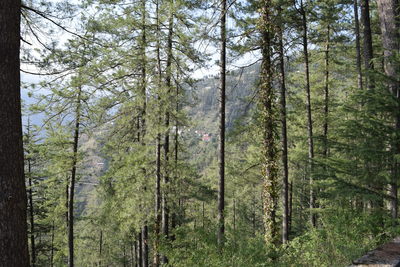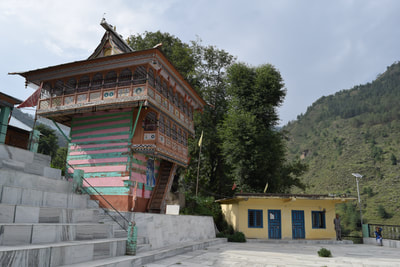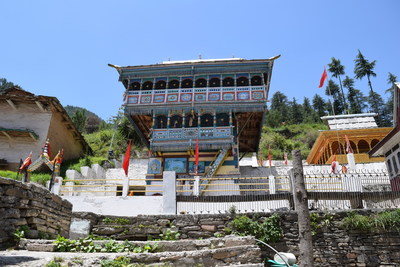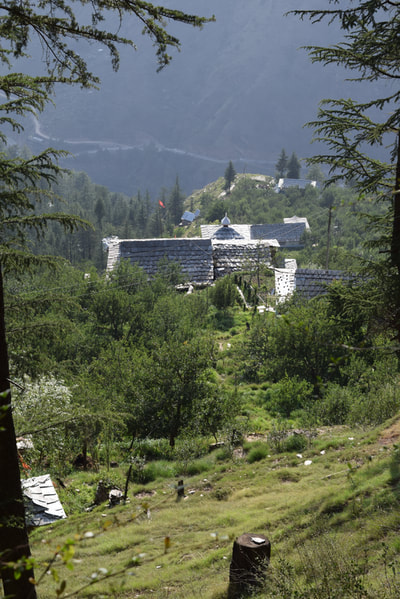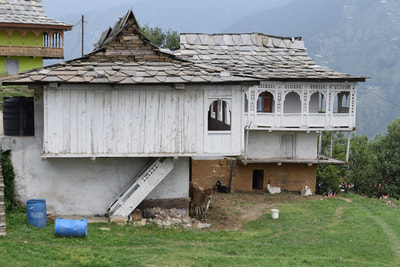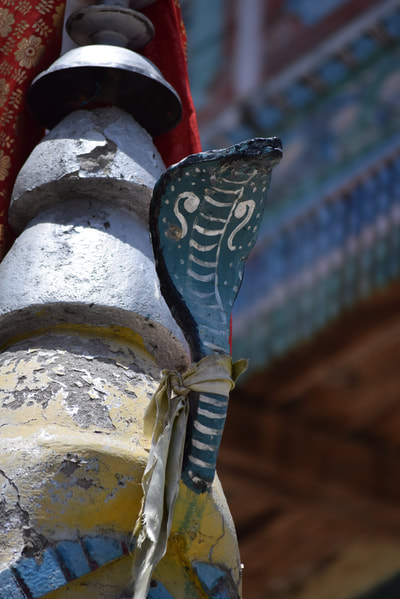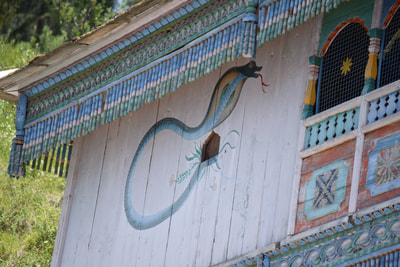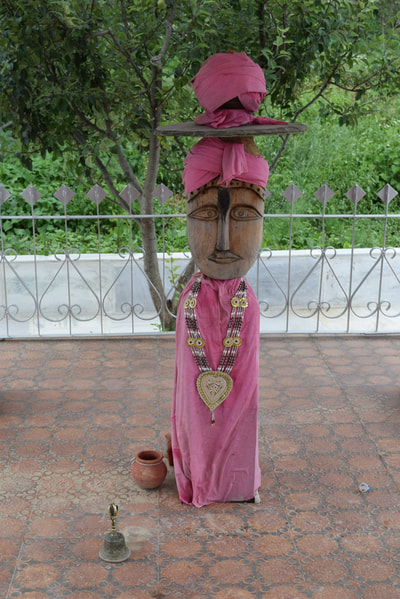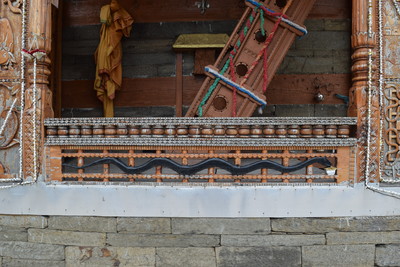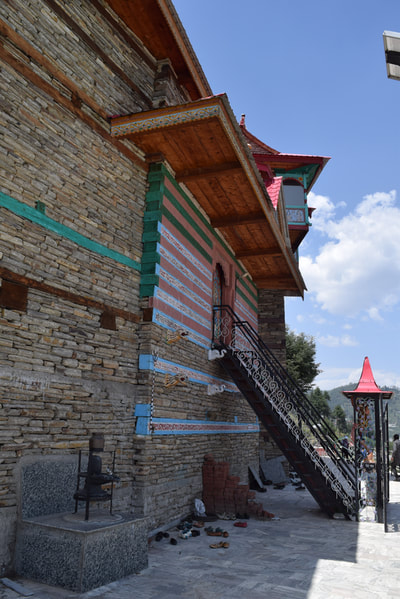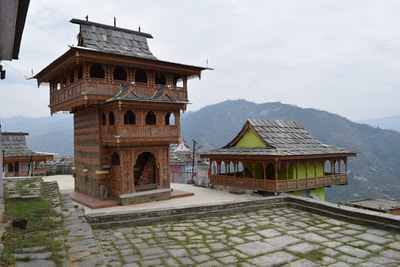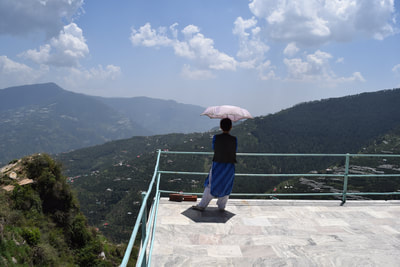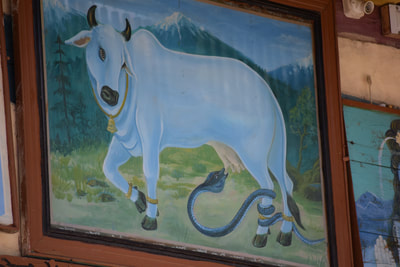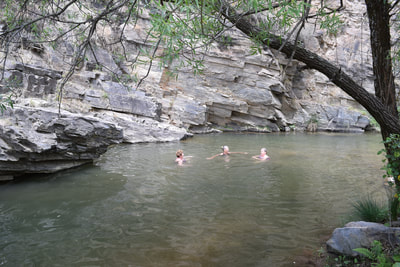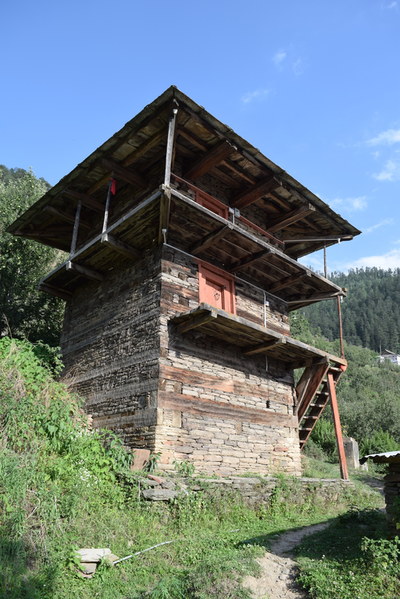
Snake Temple Tour History The story goes that in the neighbouring village of Chadiyana, on the edge of the Kalala forest, there lived a poor woman called Bhuri. The nearest town, Kotkhai, was a two hour walk away, up through the forest and down to the Giri river, These days the fields around Chadiyana are mostly apple orchards, but in Bhuri’s day the local people scratched a living by growing most of their own food on the narrow terraces and had little income to speak of. To make matters worse, the unfortunate Bhuri became pregnant and eventually gave birth to a snake. She tried to keep this a secret and shut the snake in the obra – the ground floor part of a traditional rural Himachali house, where the cows are kept at night – where she gave the snake its food. The snake grew to be very large and one day said to its mother “I know you are afraid of me but you shouldn’t be. I can help you. I know you are very poor, but if you let me out and sweep the threshold after I leave, you will find some gold coins. But do this only once.” To her delight, Bhuri did this and found some gold coins. She greedily ignored her snake-son’s warning and swept again, hoping to find more gold, but as she did so the snake angrily flicked his tail and his mother flew right across the valley and landed near Bhumrara, a distance of a couple of kilometres, acroos the river. The snake now had no one to provide him with food and so made his way down the hill to the neighbours’ cows from whom he helped himself to their milk. After a while the neighbours decided to kill the snake and cut him into three pieces – the tail, the middle and the head – which wriggled off independently and ended up on the other side of the valley, the tail at Baginala, the middle at Ghunda and the head at Bhumrara. As a postscript, when the road was being built through the forest above Chadhyana in the early 1980s the workmen came across a snake or some snakes, and work stopped. It was decided that if a new Snake Mother temple were built then all would be well. This temple is now the venue for communal feasts and festivals at Navratri and so on. Notes Snake (Nag) deities are considered to be harbingers of good rains, and their temples are often found near water sources in the Himalayas. There are detailed references to this in Puranic literature. (Subhashini Aryan) Kundalini yoga "Kundalini is a Sanskrit term from ancient India that describes an inner energy and consciousness which lays dormant at the base of the spine until awakened. The kundalini is a vital force or energy that we all have within. It has often been depicted as a serpent coiled around the first chakra or root chakra, a form of latent spiritual energy which when activated or awakened is known for its transformative power in the process of both self development and spiritual development... The image of the snake is used to represent this source of raw energy." (Ashley Jones) The Tour Cost: 1. You can choose any one or or two or all three days of the tour (depending on how long you're here & how much driving you want to do) 2. Day One is included in the price. 3. Day 2 and 3 will cost extra for the taxi. Rs 2500/ per taxi (includes return). You'll need two taxis for 8 -9 guests, one local village taxi (car) which can seat 4 & our 4WD jeep (can seat 5 ). Day One
Day Two Although Bhumrara is only a couple of kilometres across the valley as the crow (or Snake Mother) flies, it is a 30 km drive on mountain roads and takes up to 90 minutes, one way.
Day Three Drive to Ghunda temple (the middle bit) nestled amidst a charming traditional village and Baginala (the tail). 90 minutes drive one way. Picnic en route. |
